A joint air force exercise involving Egyptian and Chinese multi-role fighter jets, dubbed “Eagles of Civilization – 2025,” was officially announced by Egypt on April 19, symbolizing a notable deepening of the strategic relationship between Cairo and Beijing and highlighting significant geopolitical shifts underway in the Middle East.
“The Chinese participating troops arrived at the designated place on April 15 after a journey of nearly 6,000 kilometers transiting multiple countries. As the first joint training between the Chinese and Egyptian air forces, it aims to enhance the technical and tactical capabilities of the participating troops from both sides, and is of great significance to promoting pragmatic cooperation and enhancing mutual trust and friendship between the two militaries,” the Chinese military website stated on April 21.
The official Egyptian State Information Service website said, for its part, “According to the army, the exercise aims to align combat strategies, with joint air sorties and mission planning exercises forming a core part of the program. The training is designed to boost operational coordination and exchange expertise between the two air forces, while enhancing the readiness of pilots and crews for a range of combat scenarios.”
Egypt did not officially state which of its aircraft took part in the drill. However, the Chinese state-run CCTV website released an image of an Egyptian Air Force MiG-29 and a Chinese J-10C flying over the Wadi Abu Rish air base, southeast of Cairo, on Apr. 19, 2025.
The drill serves not only as a platform for technical military cooperation but also as a clear signal of Egypt’s intent to diversify its international partnerships beyond its traditional reliance on the United States, while simultaneously showcasing China’s steadily growing influence. This influence is built upon substantial economic investments rather than direct military projection, so far.
According to Egypt’s State Information Service, the joint training activity started with the participation of elements from the Egyptian Air Force and the Chinese Air Force at Egyptian air bases. The statement detailed the arrival of Chinese fighters and personnel, noting they were received by high-level Egyptian commanders.
The involvement of a number of multi-role fighter jets from both sides, and visuals posted on social media platform include images showing Chinese J-10C fighter jets participating in the exercise in Egypt.
For Egypt, the exercise represented a strategic move with multiple audiences. Primarily, it served as a tangible demonstration to the United States that Cairo possesses alternative options for security cooperation and is actively pursuing a more diversified foreign policy portfolio.
Decades of close military ties with Washington, underpinned by substantial U.S. aid following the 1979 Camp David Accords, have often come with political conditions and scrutiny that Egyptian leadership—including the current president, Abdel Fattah el-Sisi—has deeply resented. Now, however, the primary source of tension between Cairo and Washington emanates from the Trump administration’s call to relocate Gazans away from the Strip, and Trump’s earlier call for Egypt and Jordan to take in large numbers of Gazans.
By engaging openly with China’s People’s Liberation Army Air Force (PLAAF), Cairo signaled its willingness to cultivate relationships with other global powers.
Furthermore, the drill potentially opened avenues for future defense acquisitions. Egypt has long relied on American F-16s as the backbone of its air force, though it also operates French-made Rafales and Russian-made MiG-29s.Still, reports have periodically surfaced regarding Egyptian interest in diversifying its fighter fleet, potentially including Chinese aircraft like the J-10Cs.
Joint exercises provide opportunities for Egyptian pilots and commanders to evaluate foreign platforms and operational doctrines firsthand, informing potential future procurement decisions independent of Western suppliers.
From China’s perspective, the ‘Eagles of Civilization – 2025’ drill fits well into its long-term strategy for expanding influence in the Middle East through primarily economic and diplomatic means, avoiding the costly military engagements characteristic of American involvement in the region.
Beijing views Egypt as a crucial partner due to its strategic location straddling Africa and Asia, its control over the vital Suez Canal waterway, and its significant political weight in the Arab world.
China has cultivated this relationship through massive infrastructure investments under the umbrella of its Belt and Road Initiative (BRI). Chinese companies secured lucrative contracts for major projects, including the construction of significant portions of Egypt’s New Administrative Capital east of Cairo and extensive developments within the Suez Canal Economic Zone (SCZONE).
These projects provide tangible economic benefits to Egypt while embedding Chinese commercial interests deeply within the country’s infrastructure. The air force drill served to add a security dimension to this “comprehensive strategic partnership,” enhancing China’s image as a capable global power and potential security partner without requiring the establishment of permanent military bases or extensive troop deployments, unlike the United States’ regional posture. The most notable exception is the reported construction of a Chinese military base at the UAE’s Khalifa Port—construction that has infuriated Washington.
China also maintains a base in Djibouti, on the coast of the Horn of Africa—its first overseas military base.
China has been systematically building regional influence incrementally and asserting its presence as a major player in the Middle East, challenging U.S. dominance in the region through economic leverage and carefully managed security cooperation. This, as the U.S. has repeatedly attempted to ‘pivot’ away from the Middle East toward the Far East in order to deal with China’s growing military capabilities in the Pacific arena.
The growing Egypt-China axis, and the joint military exercise, reflects a broader trend of Middle Eastern states reassessing their traditional alignments in a multipolar world.
The U.S. under the Trump administration has gone a significant way towards repairing its image among Arab – Sunni allies due to its sustained military campaign against the Houthis in Yemen. But nuclear talks with Iran could create new doubts about American willingness to lead the pro-American Arab bloc.
President Sisi indefinitely postponed a planned visit to Washington in February 2025, due to significant disagreements, primarily stemming from President Trump’s calls for Egypt to accept large numbers of Gazans in its territory. Meanwhile, President Trump is scheduled to visit Saudi Arabia, the UAE, and Qatar in mid-May. According to a Reuters report from April 24, he is due to offer Saudi Arabia a 100 billion dollar arms package.
Trump’s trip to the region primarily targets strengthening ties with Saudi Arabia, the UAE, and Qatar. It doesn’t appear aimed at directly altering the US-Egypt relationship significantly.
While the United States remains a critical security partner for Egypt and other regional actors, the perception of shifting U.S. priorities and a desire for greater strategic autonomy have led Egypt to explore closer ties with China.
Beijing skillfully exploits this dynamic, offering economic partnerships and political non-interference as an attractive alternative or supplement to relationships with Western powers. This strategy allows China to methodically transform its significant economic clout, cultivated through initiatives like the BRI, into tangible political, and, to some extent, military influence in the Middle East.
Although Egypt has indicated that it remains committed to a cold peace with Israel, its ambitious and costly military force build-up, including the construction of military infrastructure in the Sinai Peninsula, raises questions about which potential adversary it is preparing to confront.
Egypt’s underlying messaging appears to be that any large-scale movement of Gazans into Sinai would severely jeopardize and potentially nullify the peace treaty with Israel. In parallel, the prospect of an Islamist revolution in Egypt, which has already seen a Muslim Brotherhood president elected into power, remains a persistent threat scenario to keep in mind when examining capabilities.
Israel’s foremost priority is preserving its critical alliance with the United States. This relationship is fundamental to Israel’s military capabilities and geopolitical standing vis-à-vis Egypt.
Accordingly, any Israeli engagement with China must be subordinated to the goal of maintaining the strength and integrity of the U.S.-Israel partnership. Israel’s security and deterrence posture are inextricably linked to the strength and standing of the U.S. in the region. China’s growing influence, particularly its relationships with mortal enemies like Iran, which exports 90% of its oil to China, and any perception among Middle Eastern powers that U.S. influence is waning, directly impacts Israel’s strategic standing.
JISS Policy Papers are published through the generosity of the Greg Rosshandler Family.
Photo: IMAGO / Xinhua
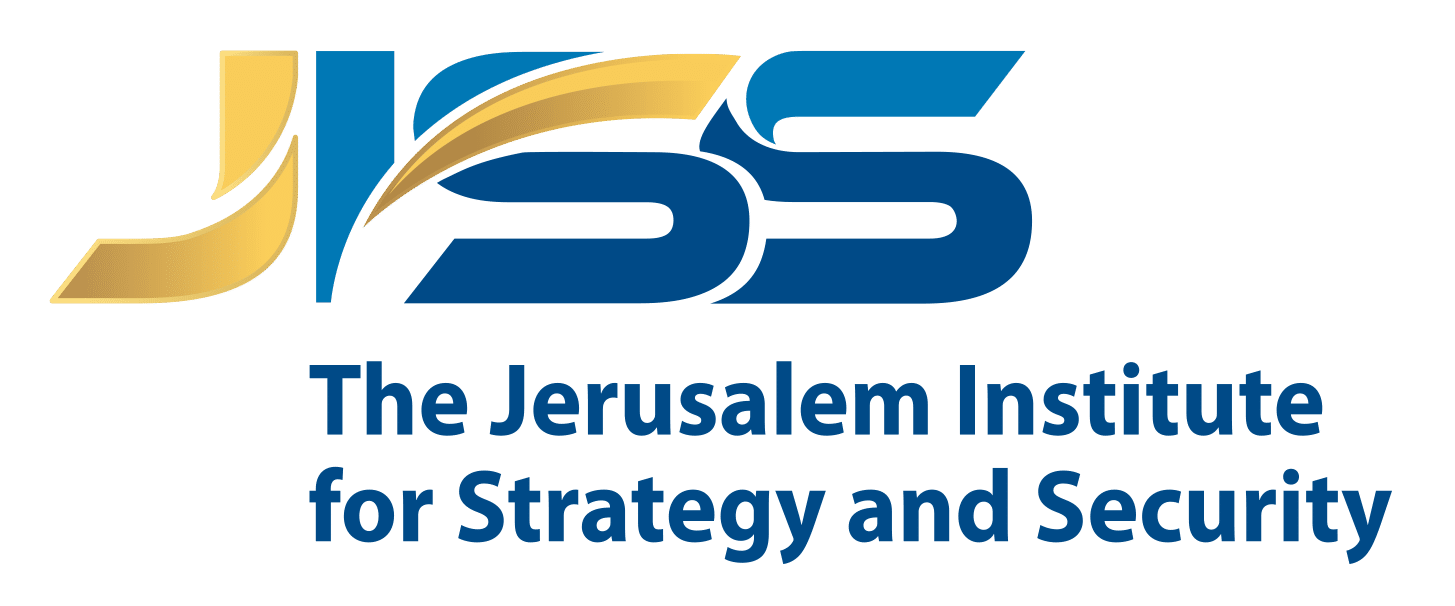





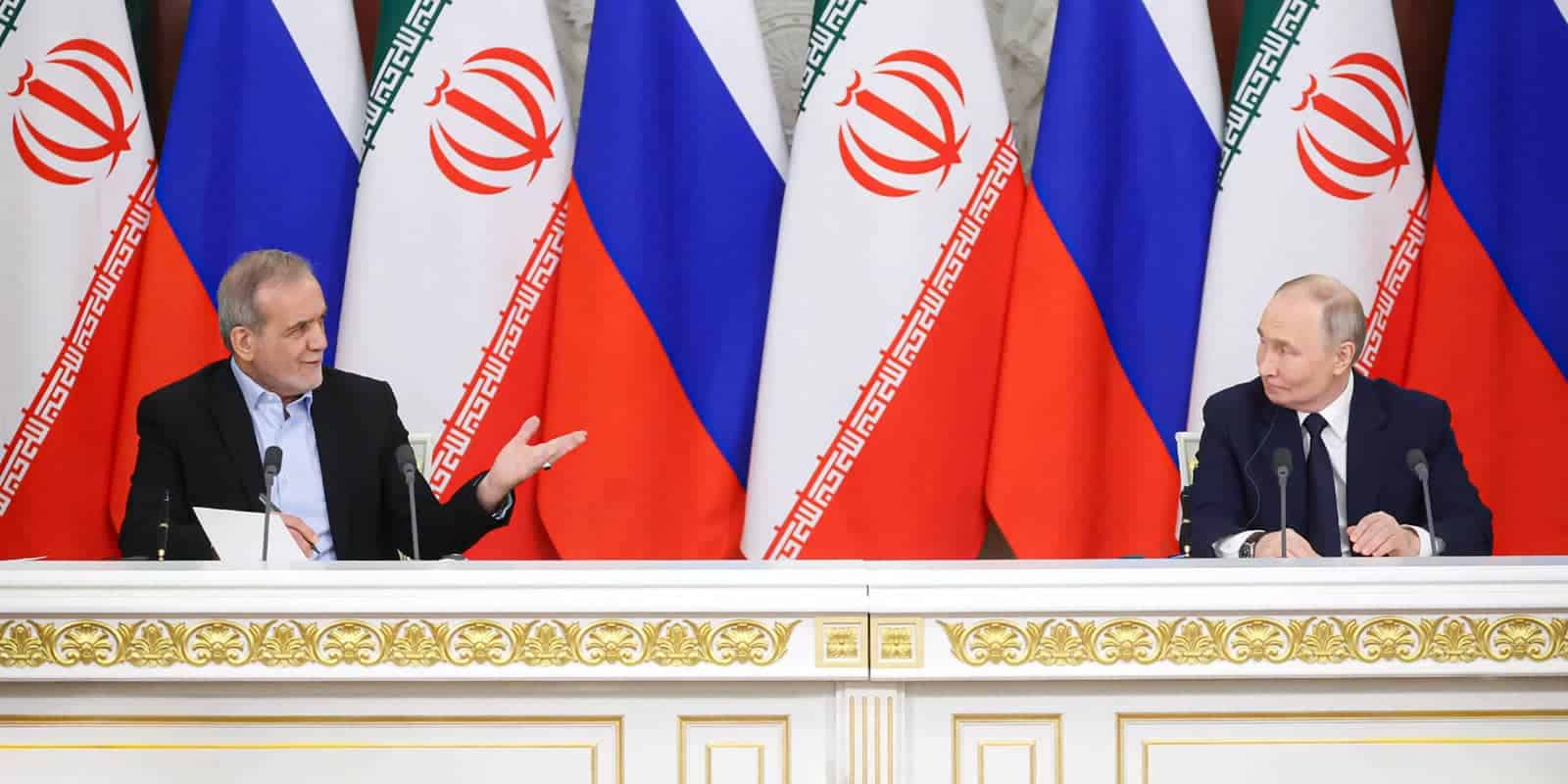
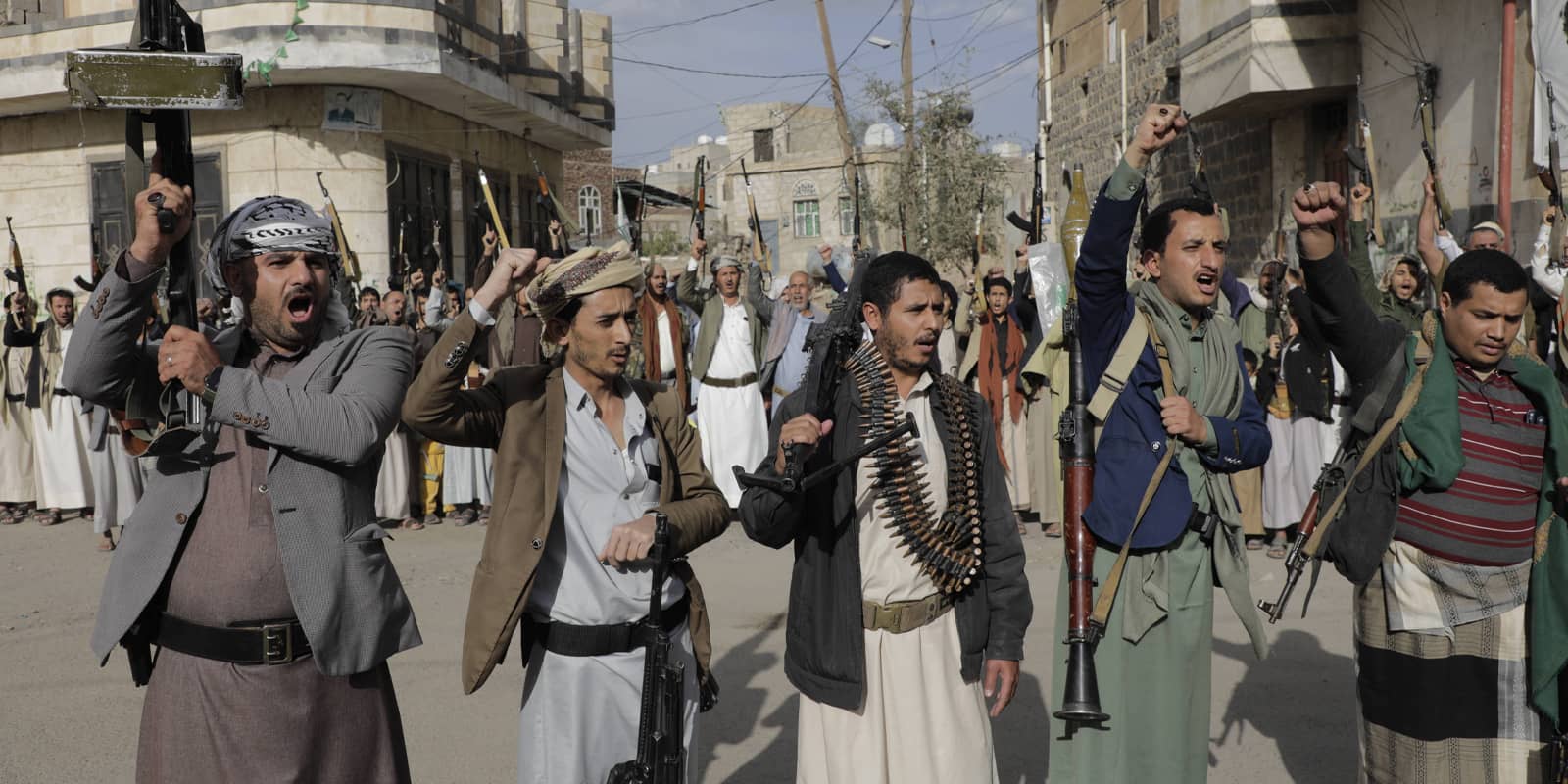
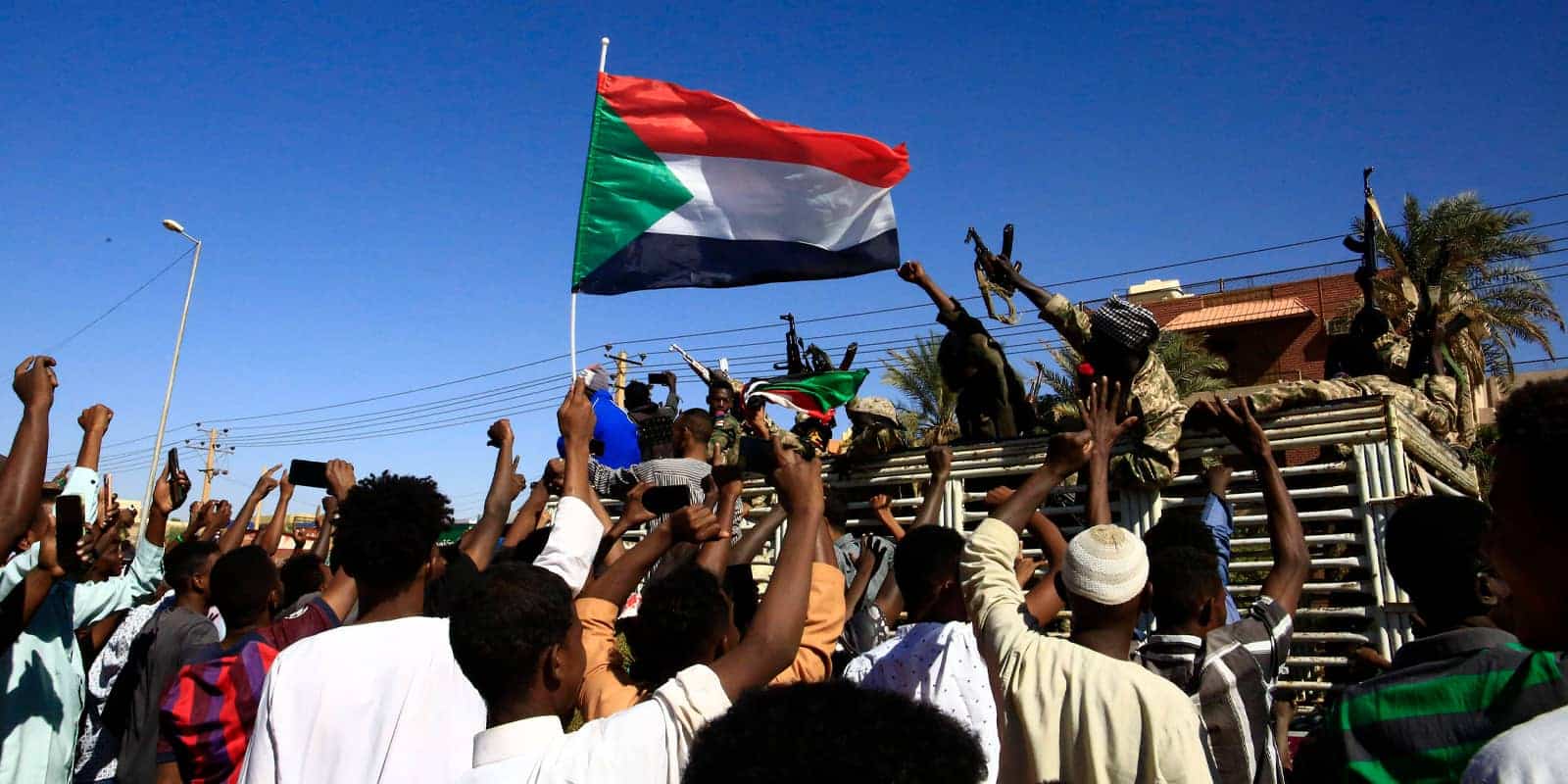

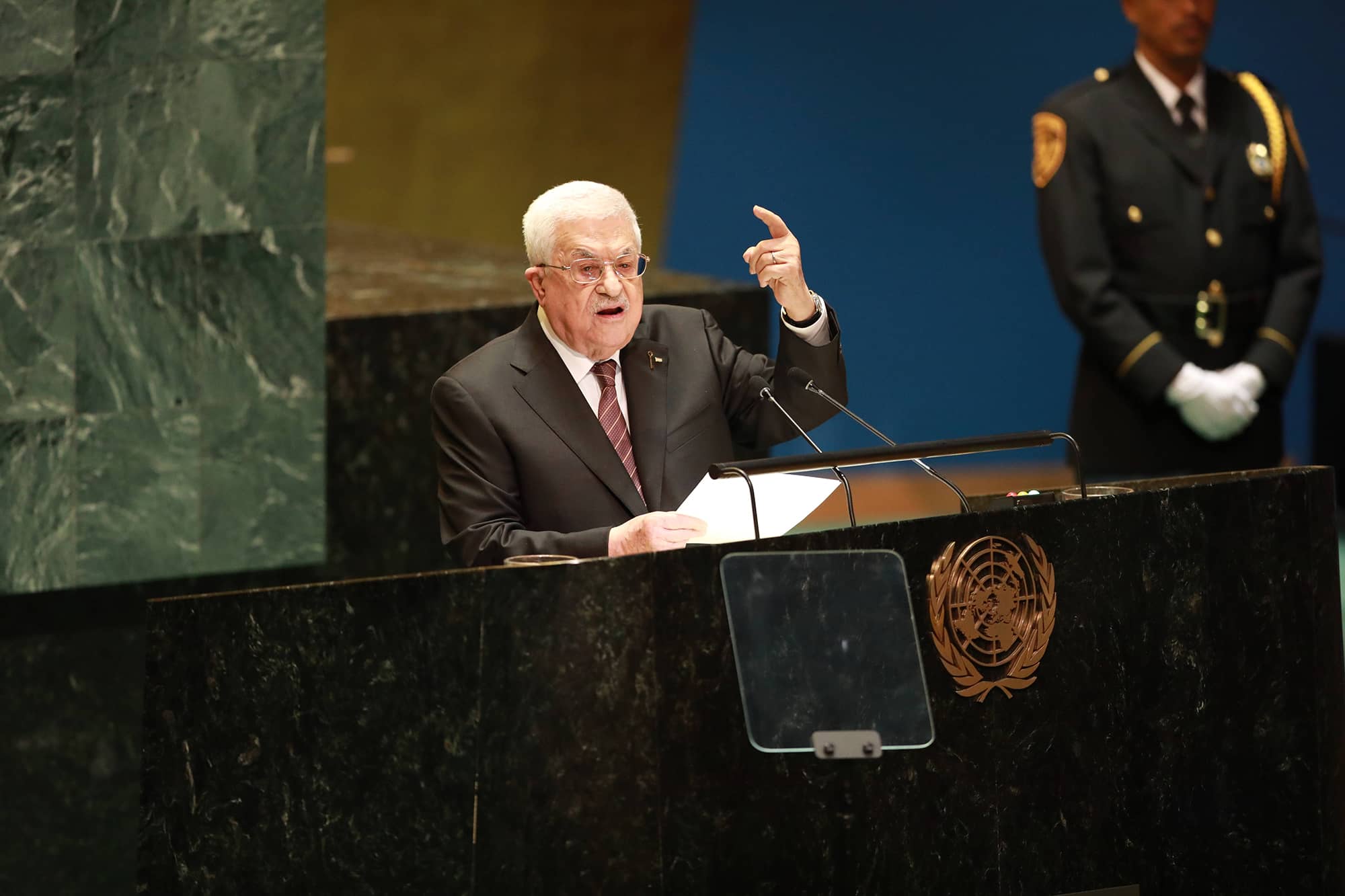

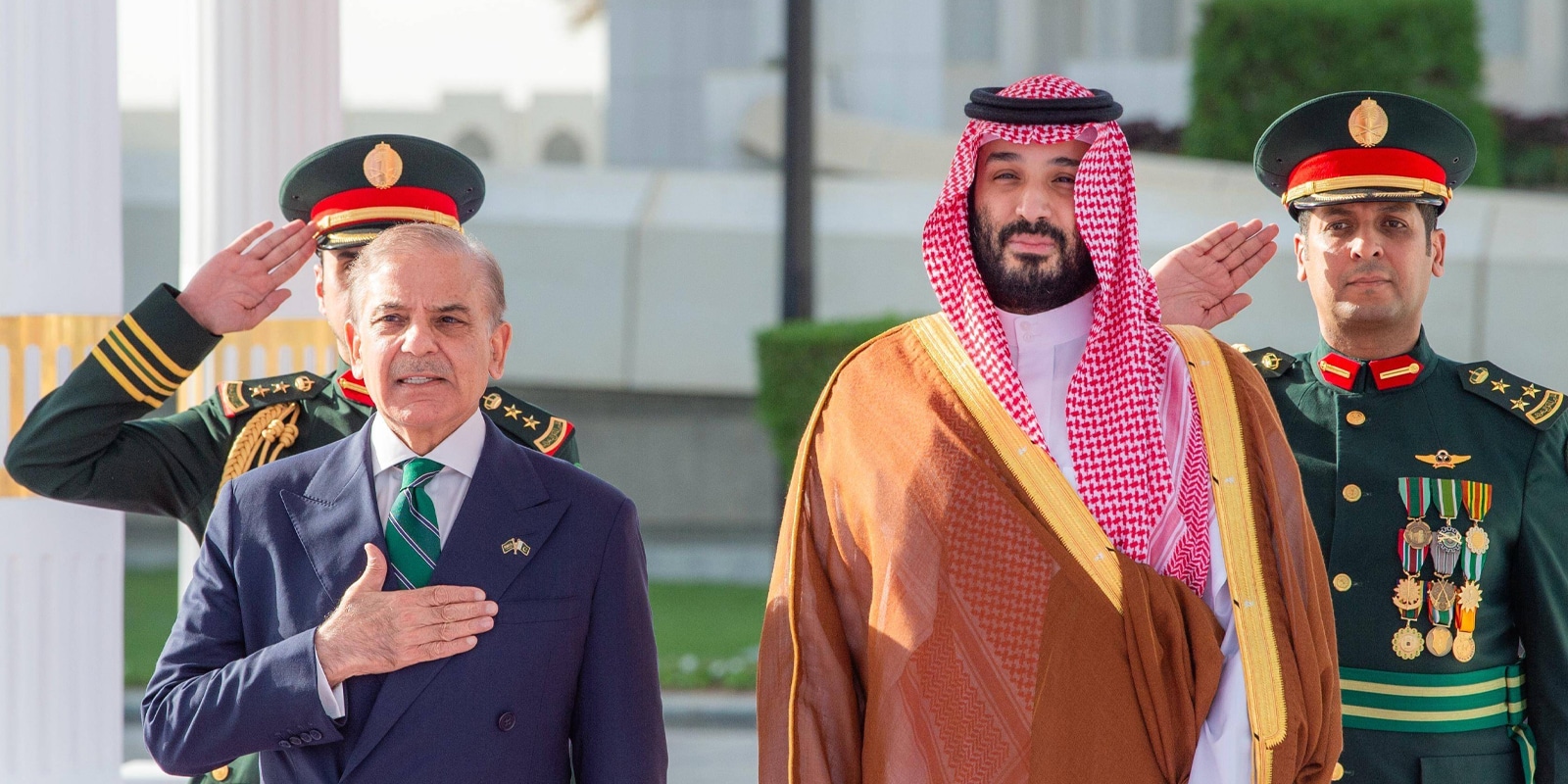
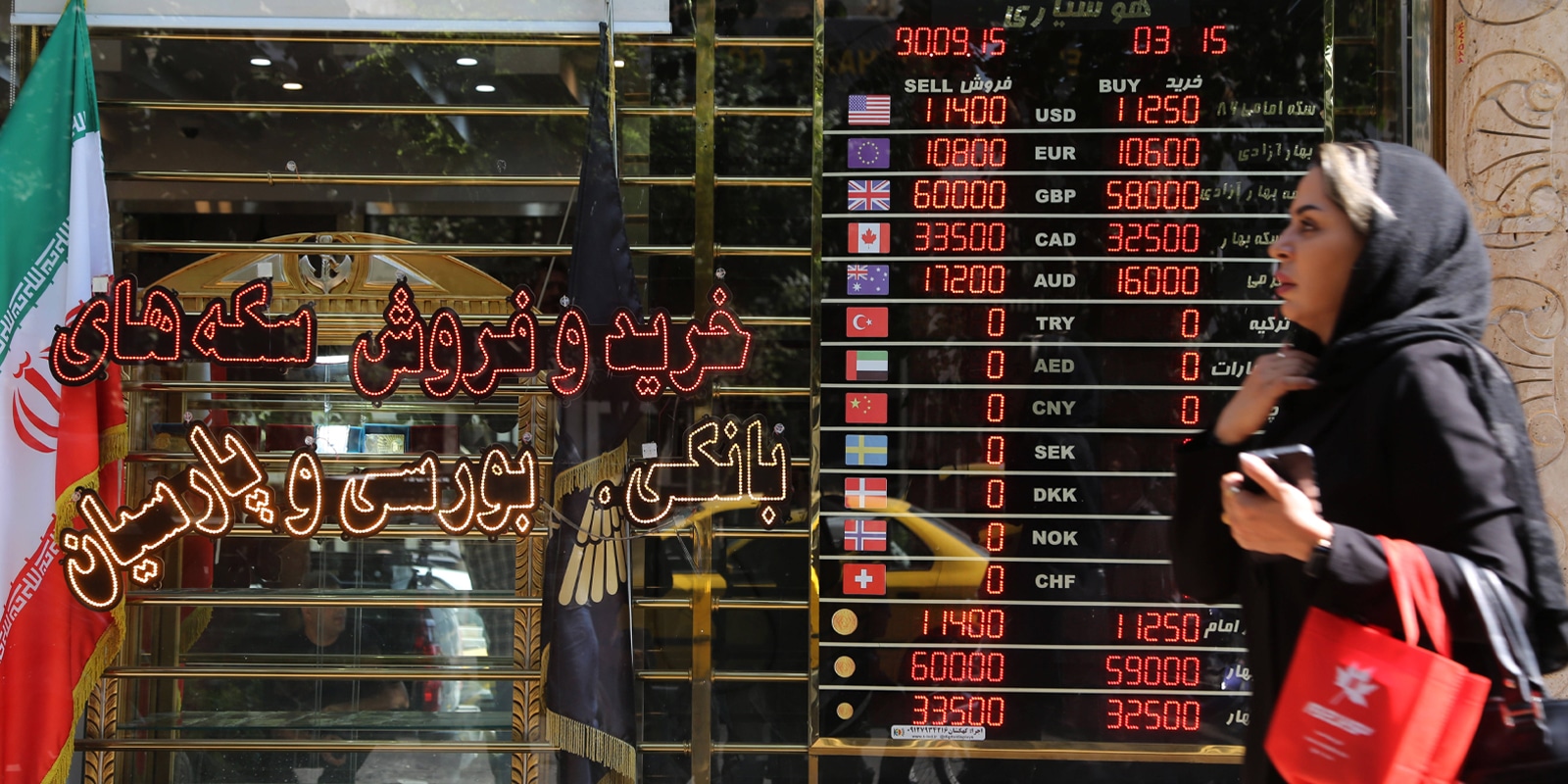

Hamas’s Battle with Gaza’s “Rogue Clans” in the Eyes of the Palestinian Public